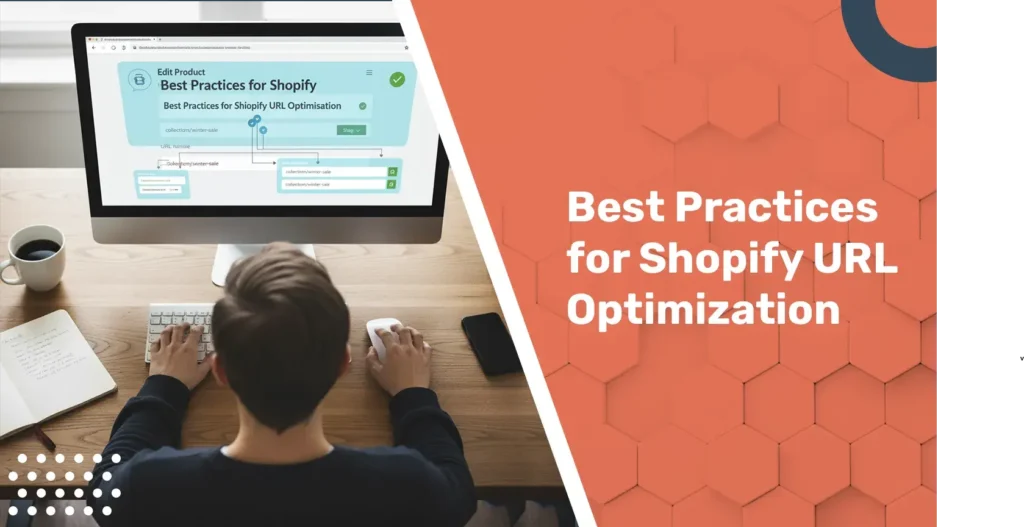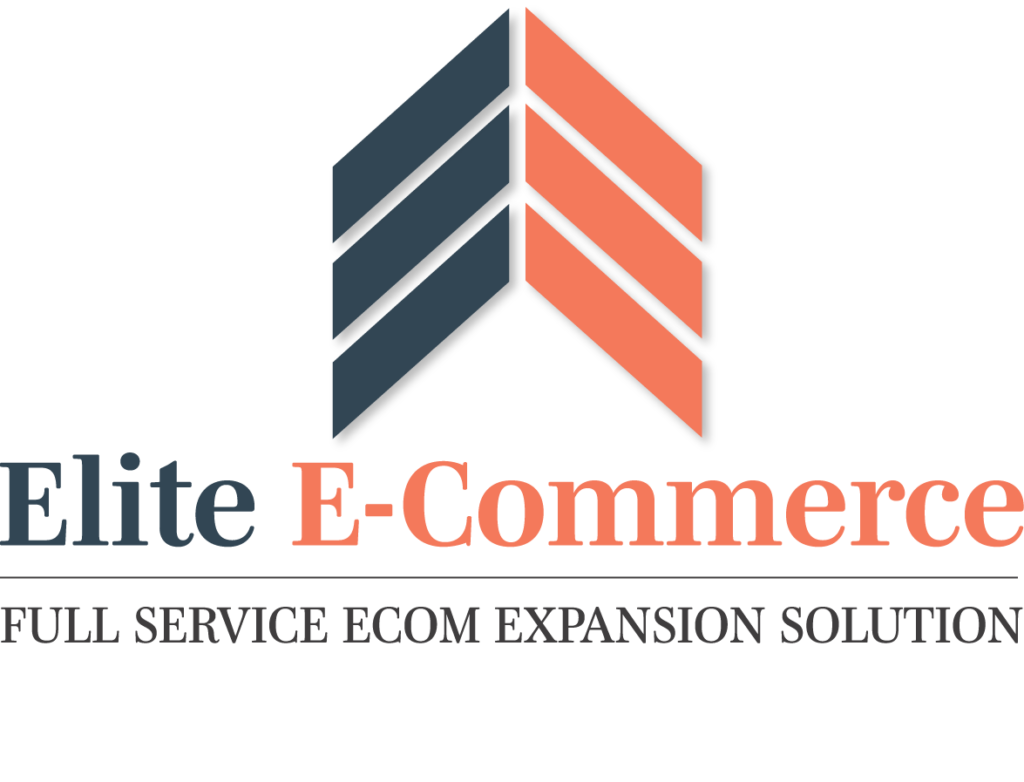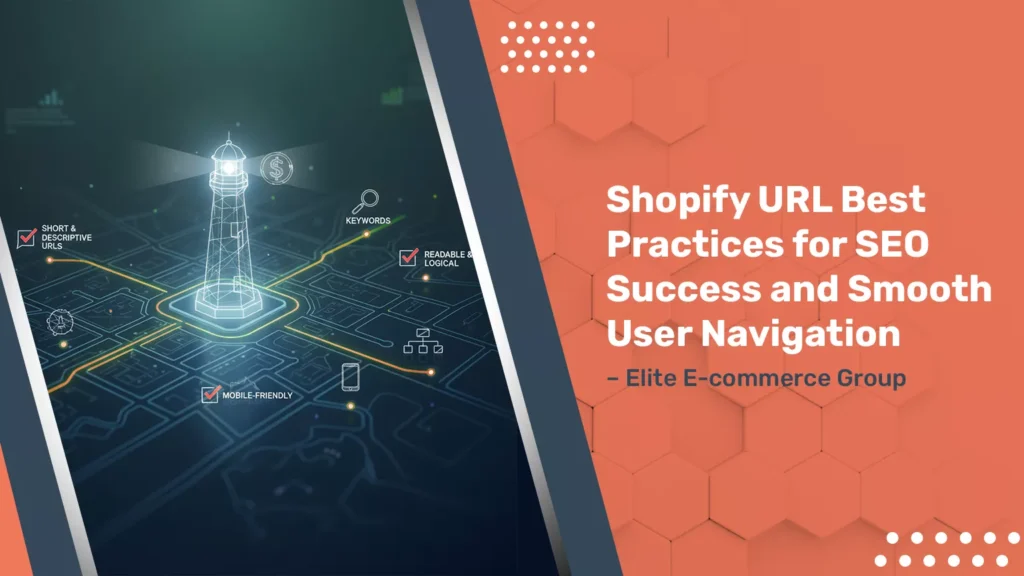A successful online store requires more than just good products and good design. One aspect that is often overlooked yet can have a huge impact is your website’s URL structure. The Elite E-commerce Group believes a well-organized URL can improve search engine optimization (SEO) and create a great user experience. For businesses that use Shopify, understanding how URLs work and how to optimize them can significantly impact your store’s visibility, traffic, and conversions.
This article aims to explain everything you need to know about Shopify URLs, from the structural aspects to URL limitations to how to best optimize your URLs. Throughout this process, we will also investigate wider aspects of e-commerce website development, marketing strategy, Shopify expert services, etc., to demonstrate how URL optimization fits into your overall e-commerce success.
Why Shopify URLs Matter
The URLs for your Shopify store are the online destinations that direct customers and search engines to your products, collections, and information. A simple, concise, and keyword-rich URL makes it easier for search engines to crawl your pages while also giving customers assurance about where they came from.
For example, a clean URL such as:
- mystore.com/products/silk-blue-dress
Is far more user-friendly and SEO-friendly than something like:
- mystore.com/product12345?ref=xyz
URLs act as signposts for both people and search engines. When combined with a solid e-commerce marketing strategy and the right Shopify marketing tools, optimized URLs contribute directly to visibility, engagement, and conversion.

Understanding Shopify’s URL Structure

Shopify creates URLs automatically based on what type of page you create. The basic structure looks like this:
• Homepage: mystore.com
• Product page: mystore.com/products/product-name
• Collection page: mystore.com/collections/collection-name
• Blog post page: mystore.com/blogs/blog-name/post-title
• Custom page: mystore.com/pages/page-title
This logical, consistent structure ensures every page has a place. Shopify also allows manual editing of slugs (the final part of the URL), offering flexibility to align URLs with your e-commerce SEO services.

Limitations of Shopify URLs

While Shopify is regarded as the best e-commerce platform for many retailers due to its scalability and ease of use, its URL system does present certain restrictions:
- Rigid predefined structure: Pages, products, and collections are confined to folders like /products/ or /collections/.
- Lack of sub-categories: You cannot create hierarchical structures like /clothing/shirts/blue-shirt.
- Duplicate product URLs: Similar product names can generate duplicate content issues.
- Character limits: URLs are capped at 255 characters.
- Fixed slugs: Shopify slugs can’t always fully reflect your site’s taxonomy.
These challenges mean businesses must carefully plan their Shopify store management and content strategy to work within the platform’s boundaries.

How URLs Impact SEO and User Experience
SEO Performance
Search engines will read URLs to evaluate the information on that page. URLs that include relevant keywords will have a better ranking as a result. For example, you could include something about the website you were developing or a product’s specific trait that will help it show up in searches.
Also, optimized URLs will help with e-commerce conversion optimization in overcoming click-through rates (CTR). A shopper is more likely to click on a plain link and clear description than another confusing option or something generic.
User Experience (UX)
URLs have a direct impact on navigation. Short, descriptive URLs let customers trust you and understand what they are doing during their journey through your shop. Confusing links can cause frustration for customers and result in higher bounce rates.
When best practices for SEO are applied to Shopify, a business makes it easy for a user to follow a natural path and encourages more engagement and ultimately more conversions.
Best Practices for Shopify URL Optimization

- Keep URLs Simple and Relevant
Focus on descriptive, keyword-rich URLs that reflect the content. For example, replace “/product12345” with “/products/leather-handbag.”
- Use Hyphens Instead of Underscores
Hyphens improve readability for both humans and search engines. For example:
- Good: /collections/winter-sale
- Poor: /collections/winter_sale
- Customise Slugs
Shopify allows you to edit the slug section of the URL. Tailoring slugs to your SEO strategy ensures each page aligns with your keywords, including services like Shopify expert services
- Avoid Duplicate URLs
Distinguish similar product names with identifiers such as size or color. If necessary, implement canonical tags to signal the preferred version to search engines.
- Organize Product Tags and Collections
Well-structured collections support both user navigation and SEO. Align tags with your e-commerce marketing strategy rather than using vague terms.
- Implement 301 Redirects
If you change a URL, set up a 301 redirect to maintain SEO value and prevent broken links. Shopify makes this straightforward in the admin panel.
Tools to Support URL Optimization
Optimizing Shopify URLs is easier when you leverage the right Shopify marketing tools. Here are some essentials:
- Shopify’s Built-in URL Editor – Edit product, collection, or page URLs directly.
- Google Search Console – Monitor how Google indexes and interprets your URLs.
- SEMrush or Ahrefs – Analyse keyword performance and backlinks for better e-commerce SEO services.
- Screaming Frog SEO Spider – Audit your site for broken links, redirects, or duplicate content.

Beyond URLs: Building a Complete SEO Strategy
While URLs are crucial, they are only one part of a wider Shopify SEO strategy. At Elite E-commerce Group, we help brands build a strong foundation that includes:
- E-commerce website development tailored to your brand identity.
- A data-driven e-commerce marketing strategy focused on growth.
- Technical e-commerce SEO services that improve rankings and authority.
- Ongoing Shopify store management to maintain performance.
- Custom Shopify store design to improve usability and conversions.
By integrating these elements, your store evolves into a comprehensive, high-performing online presence.

FAQs About Shopify URLs
What is a primary domain, and why does it matter?
A primary domain is the main address your customers use. Switching from a default Shopify URL to a custom domain improves branding and trust.
Can changing a URL harm SEO?
Yes, but only if done incorrectly. Always use 301 redirects to preserve rankings and guide traffic to the new page.
What is the role of URLs in link building?
Readable URLs often serve as anchor text when other websites link to you. This directly boosts your domain authority.

Final Thoughts
Shopify is often regarded as the optimal adventure for e-commerce with a growing brand—but of course, success cannot happen without strategic optimization throughout. URLs may seem insignificant, but URLs can play a role in SEO, user experience, and overall conversion.
At Elite E-commerce Group, we provide comprehensive Shopify expert services such as Shopify store design, Shopify store management, e-commerce SEO services, local SEO services, and e-commerce conversion optimization. We work with our brands to build well-formed URLs as well as a fully-fledged SEO strategy, giving our brands the opportunity to fully unlock their brand capabilities.

Providing your Shopify store with an ultimate plan and constant evolutions to the plan, your Shopify store could become a full fast and furious SEO platform while attracting more visitors who could become loyal customers.





